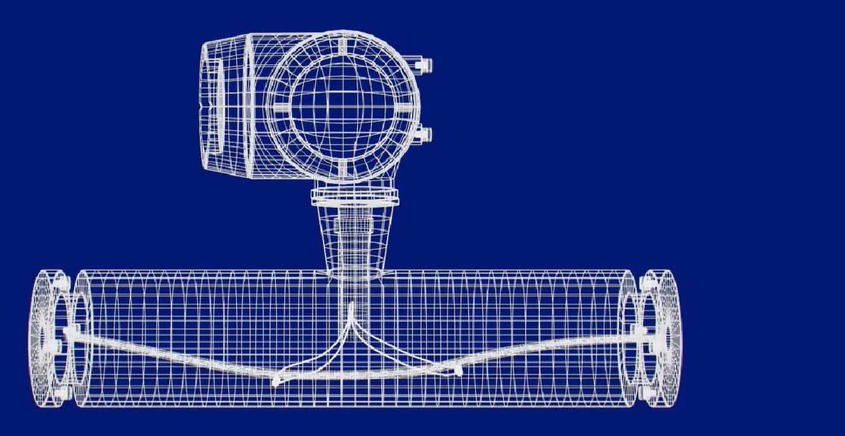
Mass flow meters
Mass flow metering tracks trade details in real-time. We are progressively introducing this digital monitoring technology across our network to improve transactional transparency. We are fitting SS648-compliant mass flow meters on our delivery barges across our bunkering hubs and calling for industry-wide adoption.

How mass flow meters work
Direct mass flow measurement delivers accurate transaction data by eliminating discrepancies caused by the physical properties of fluids. Traditional meters measure the volume delivered and use this to estimate the equivalent mass. As volumes are dependent on changes in temperature and pressure, this can lead to quantity disputes between customers and their suppliers.
Unlike volume, mass remains constant in all atmospheric conditions. By measuring this directly, the buyer and seller get certainty about the size of their transaction.
Mass flow meters measure the rate of flow of mass through a pipe. They use vibration-based sensors and the Coriolis effect to deliver accurate flow, mass, density, viscosity and temperature data. Customers can review this in real-time.
Clarity and control
Precise mass flow measurement greatly simplifies refuelling and provides greater integrity through certified calibration and tamper-proof seals. TFG Marine and its customers are working with the same marine fuel supply data. That means fewer disputes, enhanced quantity traceability, better control over costs and decreased port delays. Accurate data gives shipowners a better understanding of consumption and more control over emissions.





